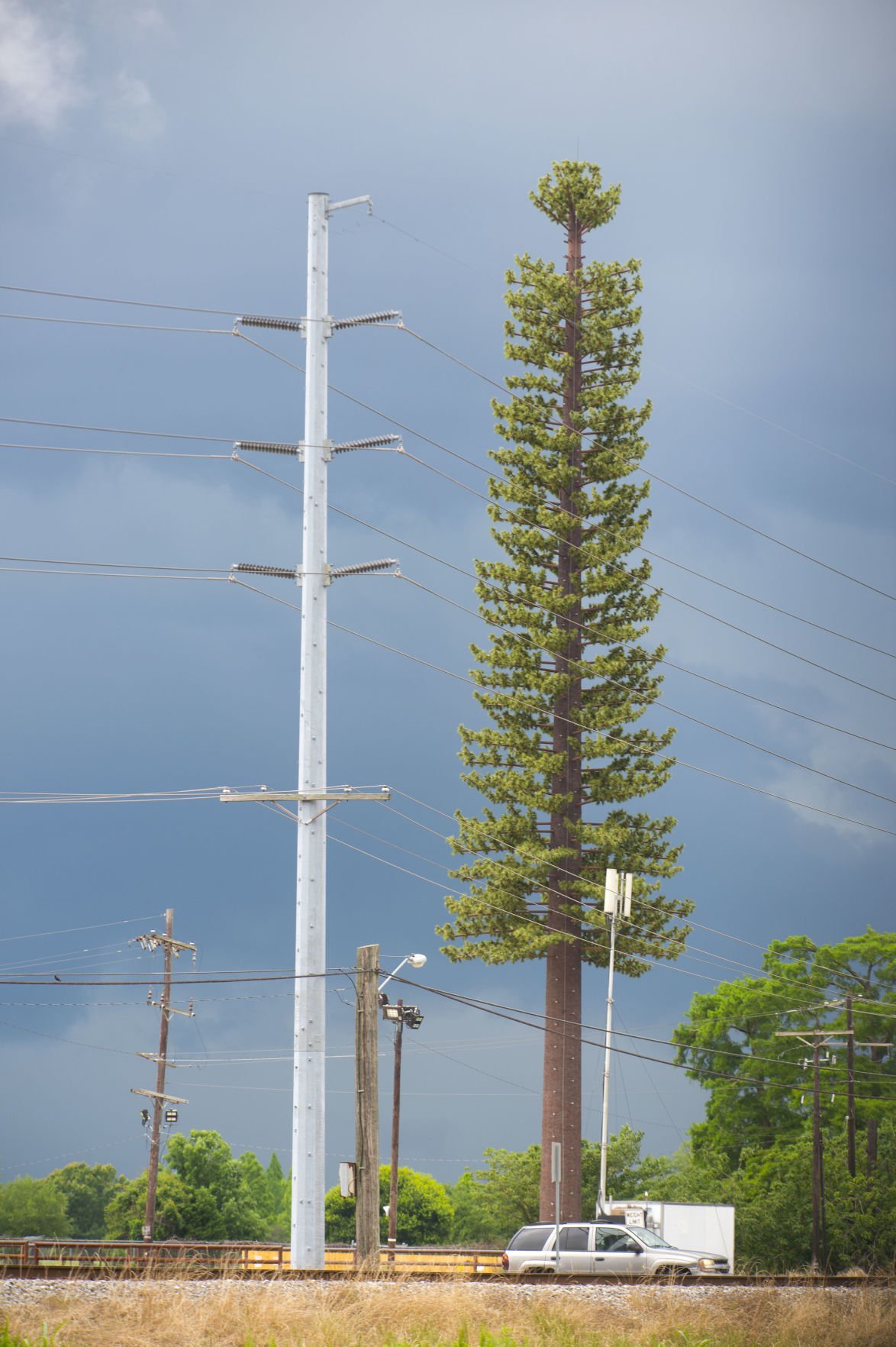If you've ever wandered through a city and spotted tiny cell towers for 5G on street light poles. what is a safe distance from a 5g cell tower look like little boxes however, they're actually transmitting wireless signals from cellular providers to your phone.
They are replacing the larger built cell towers. Although they're not as visible, they still can create problems for those who live nearby.
A FCC's Radiation Exposure Thresholds
The FCC's Radiation Exposure Thresholds define the safe distance that a person can be exposed to electromagnetic energy generated by wireless devices. The limits for exposure are based on research which show that the energy of RF could cause harm to health.
The specific absorption rate (SAR) is an indication of the amount of radiofrequency energy that is absorption by tissues. It's typically 1.6 Watts per kilogram spread over a kilogram of tissue.
Since 5g is able to transmit at higher frequencies and has the potential to create more energy on the skin and other directly-exposed body areas. https://onepetcare.com/members/effectkitten2/activity/141499/ could lead to a wide range of possible harms, such as an increase in appearance of skin conditions like dermatitis, skin cancer and cataracts.
Due to the possible harmful effects of radiation from 5G, PSU has chosen to create a general power density limit of 4 mW/cm2 averaged over 1 cm2, and not exceeding 30 minutes for all 5G services running at 3000 GHz. This limit for localization is in line with the peak spatial-average SAR of 1.6 W/kg averaged over 1 grams of tissues at six GHz.
The FCC's Maximum Exposure Thresholds

If you've ever used a mobile phone, then you're aware that a safe distance from the tower is around 400 meters. This is due to the power of transmission from the cell tower is significantly increased the farther the tower is.
Although this may sound like a good idea but the truth is that people who live close to towers might be more vulnerable to health problems. For instance, a study conducted in 2014 in India discovered that those living within 50 meters of cell towers had significantly more health complaints than those who were distance from them.
This study found that people who moved to areas further away from cell towers noticed their symptoms return to normal within a couple of days. Another study has shown that exposure to high amounts of electromagnetic field radiofrequency (EMFs) can lead to brain tumors, cancer and other health issues.
This is because RF radiation, which is utilized in wireless communication, can be absorbed by the body's outer layer, the skin. It is vital to be aware of this since the skin functions as a barrier to protect against injury to the body, infection caused by pathogenic microorganisms and infiltration of toxic substances. Additionally, it is the biggest organ of the human body. It is accountable for maintaining the integrity of other organs.
The FCC's Minimum Exposure Thresholds
The FCC's Minimum Exposition Thresholds depend on numerous assumptions that are not supported by evidence from science. This includes the false assumption that exposures to RF radiation are safe due to the limited penetration into the body (i.e. thermal heating of tissue).
The assumption is also ignoring the deeper penetration of the ELF elements of modulated radio signals and the consequences on the body of short bursts from pulsed RF waves. These assumptions do not correspond with current understanding of the biological consequences of RF radiation. As such, they should not be relied upon for health-protection exposure standards.
Furthermore, safe distance from cell tower and FCC are limiting their maximum radiation limits for local peak SARs based on the peak speed of spatial absorption (psSAR), which can be described as not a sufficient dosimetric tool to assess the amount of exposure to RF radiation. In particular the psSAR tool is not accurate when frequencies exceed 6 GHz. In addition, psSAR is not been evaluated for RF radiation with co-exposure to other environmental agents , such as sunlight. Interactions of RF radiation with other environmental agents may cause synergistic or antagonistic results. This can lead to the risk of having adverse health adverse effects. For instance, exposure to RF radiation along with exposure to sunlight can raise the chance of developing skin cancer, and may also exacerbate other skin conditions like acne.
